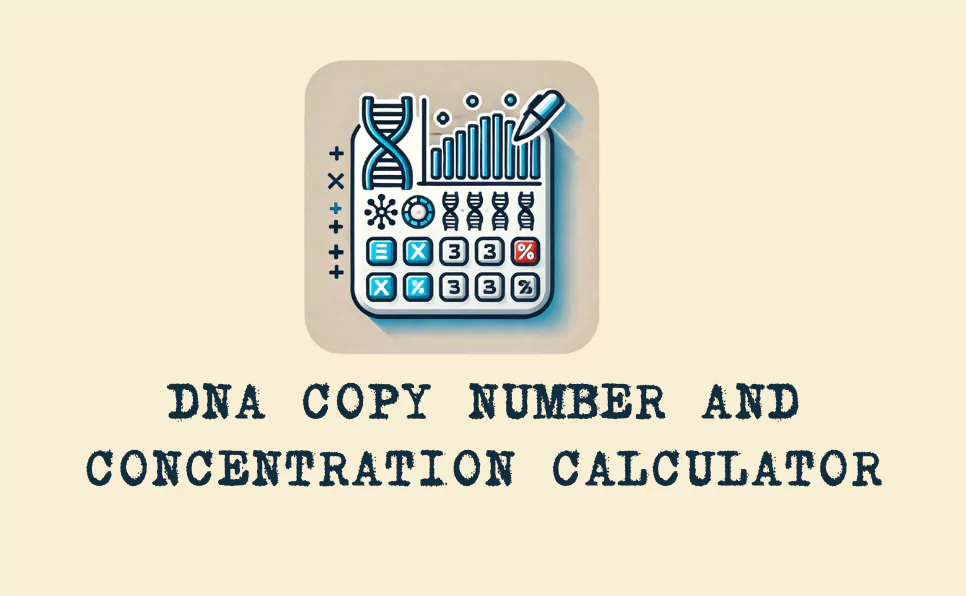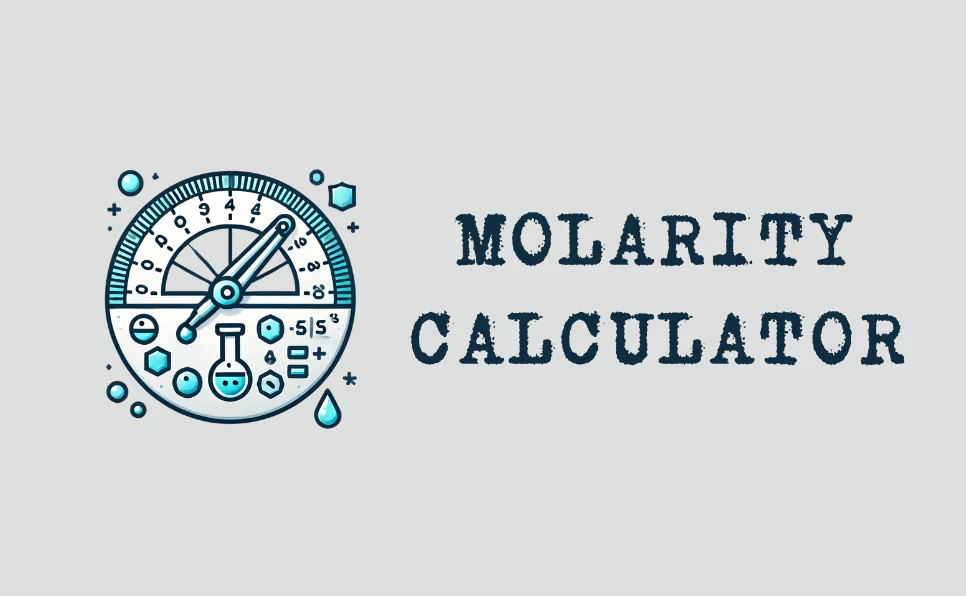The Oligonucleotide Properties Calculator is a comprehensive tool designed to help researchers and scientists determine several important properties of oligonucleotides.
Oligonucleotide Properties Calculator
This calculator can calculate the molecular weight, GC content, melting temperature (Tm), reverse complement, and the optical density to nanomolar conversion. It is designed to handle single-stranded DNA (ssDNA), double-stranded DNA (dsDNA), and single-stranded RNA (ssRNA) sequences.
How It Works
The calculator takes an input sequence and provides the following properties:
- Sequence Length: The number of nucleotides in the provided sequence.
- Molecular Weight: The total molecular weight of the sequence in Daltons (g/mol).
- GC Content: The percentage of guanine (G) and cytosine (C) bases in the sequence.
- Melting Temperature (Tm): The temperature at which half of the DNA strands are in the double-helix state and half are in the “melted” single-strand state.
- Reverse Complement: The sequence of the complementary strand in reverse order.
- Optical Density to Nanomolar (OD): The conversion of optical density to nanomolar concentration for ssDNA.
User Instructions
- Enter or Paste Sequence: Input the oligonucleotide sequence in the text area provided.
- Select Type: Choose the type of oligonucleotide (ssDNA, dsDNA, ssRNA).
- Select Source: Choose the source (PCR or Restriction Cut).
- Calculate MW: Click the “Calculate” button to perform the calculations.
- Clear Input: Click the “Clear Input” button to reset the form.
Formulas and Calculations
Sequence Length:
- The length of the sequence is determined by counting the number of nucleotides.
Molecular Weight:
- For ssDNA and dsDNA, the molecular weights of individual nucleotides are summed up.
- Base weights used:
- Adenine (A): 313.2 g/mol (DNA), 329.2 g/mol (RNA)
- Thymine (T): 304.2 g/mol (DNA)
- Uracil (U): 306.2 g/mol (RNA)
- Cytosine (C): 289.2 g/mol (DNA), 305.2 g/mol (RNA)
- Guanine (G): 329.2 g/mol (DNA), 345.2 g/mol (RNA)
- For ambiguous bases, average weights are used.
- Adjustments for ends:
- dsDNA: Add 79 g/mol for each end if sourced from Restriction Cut.
- ssDNA: Add 79 g/mol if sourced from Restriction Cut.
- ssRNA: Add 159 g/mol for ssRNA.
GC Content:
- GC Content = (Number of G and C bases / Total number of bases) × 100
Melting Temperature (Tm):
- For sequences shorter than 14 nucleotides:
Tm = (A + T) × 2 + (G + C) × 4 - For sequences longer than 14 nucleotides:
Tm = 64.9 + 41 × ((G + C – 16.4) / (A + T + G + C))
Reverse Complement:
- The reverse complement is generated by reversing the sequence and substituting each base with its complement:
- A ↔ T
- T ↔ A
- C ↔ G
- G ↔ C
- U ↔ A
- For ambiguous bases, standard IUPAC complements are used.
Optical Density to Nanomolar (OD):
- Conversion is based on the absorptivity of bases:
OD of 1 = (1 / Absorptivity) × 1 × 10^9 nanoMolar (ssDNA) - Absorptivity values:
- Adenine (A): 15200 (DNA), 15400 (RNA)
- Thymine (T): 8400 (DNA)
- Uracil (U): 10000 (RNA)
- Cytosine (C): 7050 (DNA), 9000 (RNA)
- Guanine (G): 12010 (DNA), 13700 (RNA)

Dr. Sumeet is a seasoned geneticist turned wellness educator and successful financial blogger. GenesWellness.com, leverages his rich academic background and passion for sharing knowledge online to demystify the role of genetics in wellness. His work is globally published and he is quoted on top health platforms like Medical News Today, Healthline, MDLinx, Verywell Mind, NCOA, and more. Using his unique mix of genetics expertise and digital fluency, Dr. Sumeet inspires readers toward healthier, more informed lifestyles.




